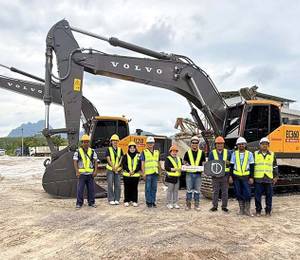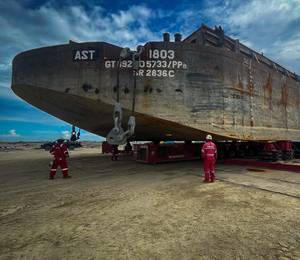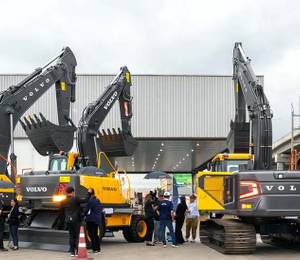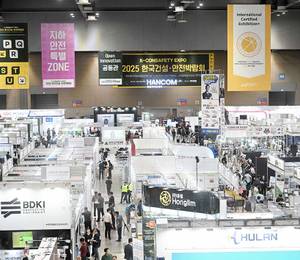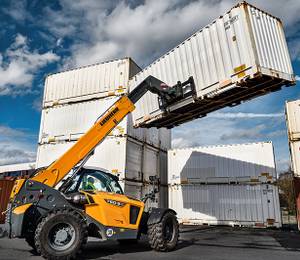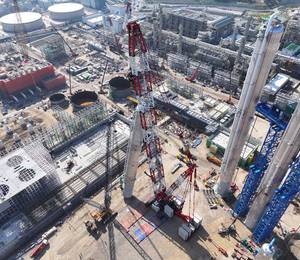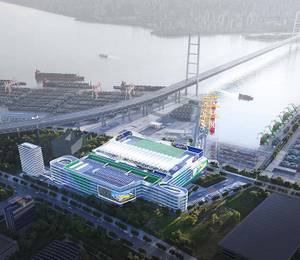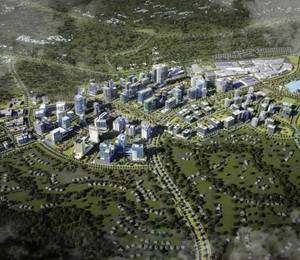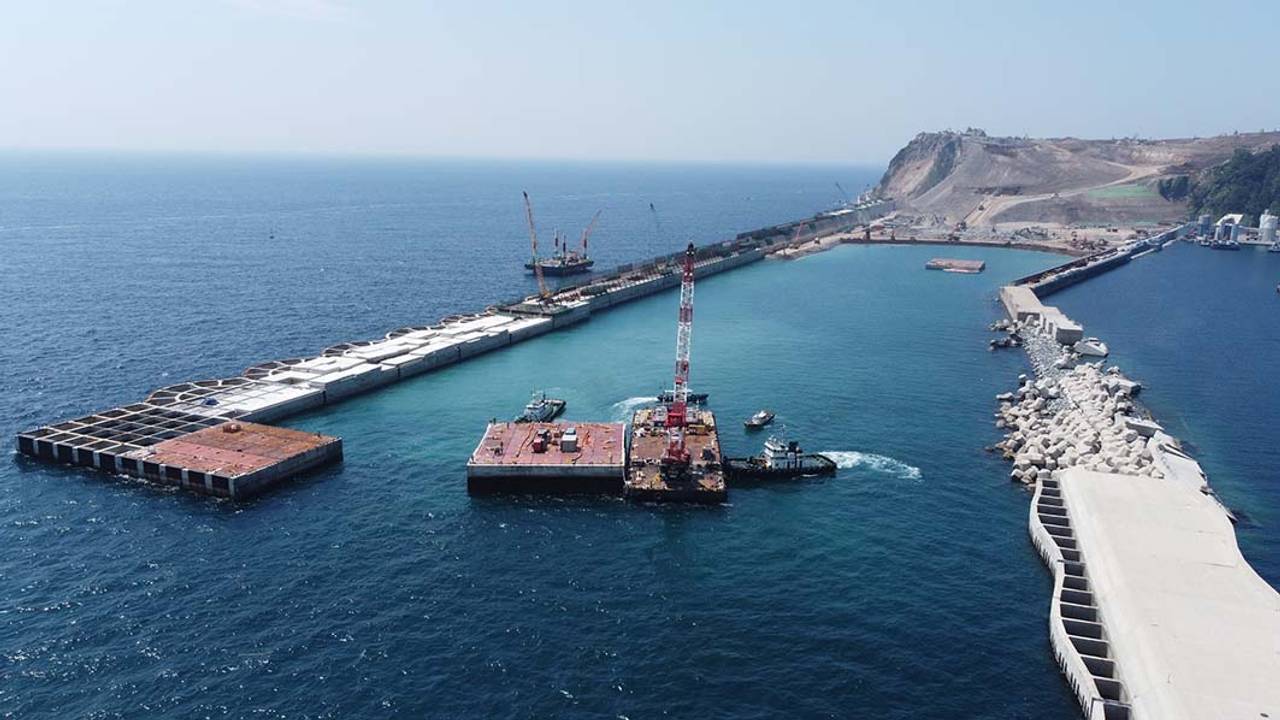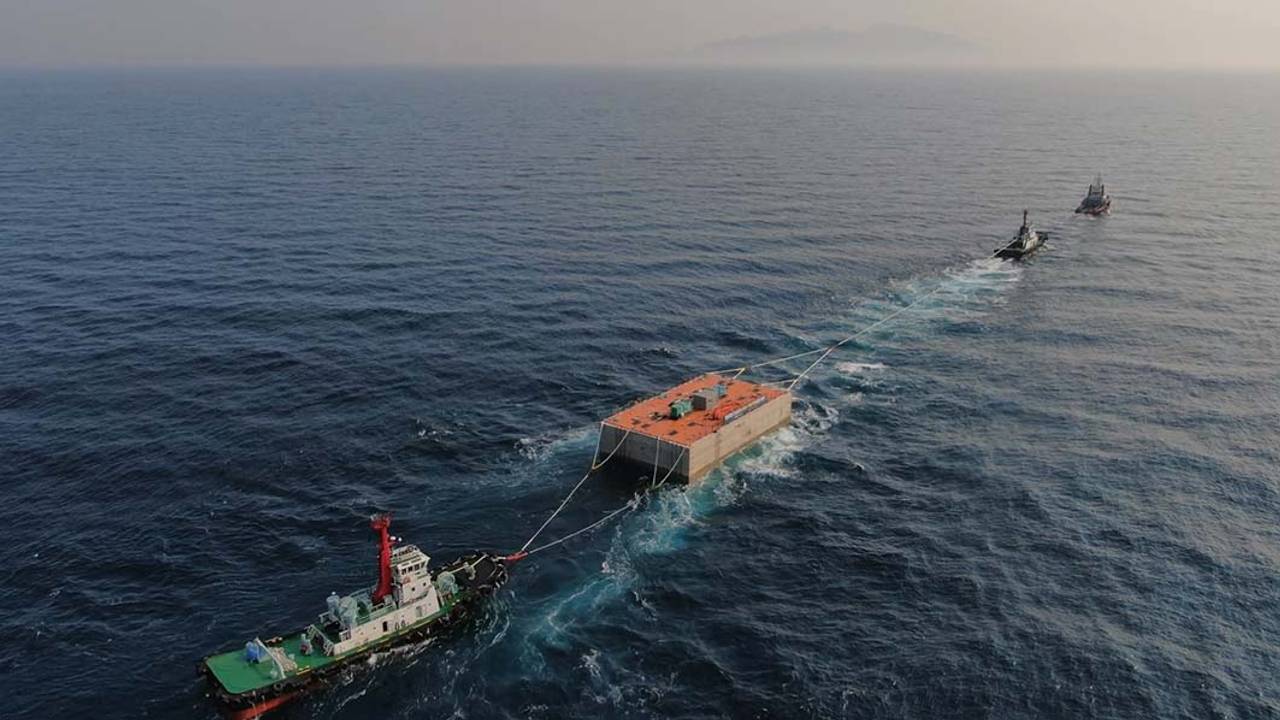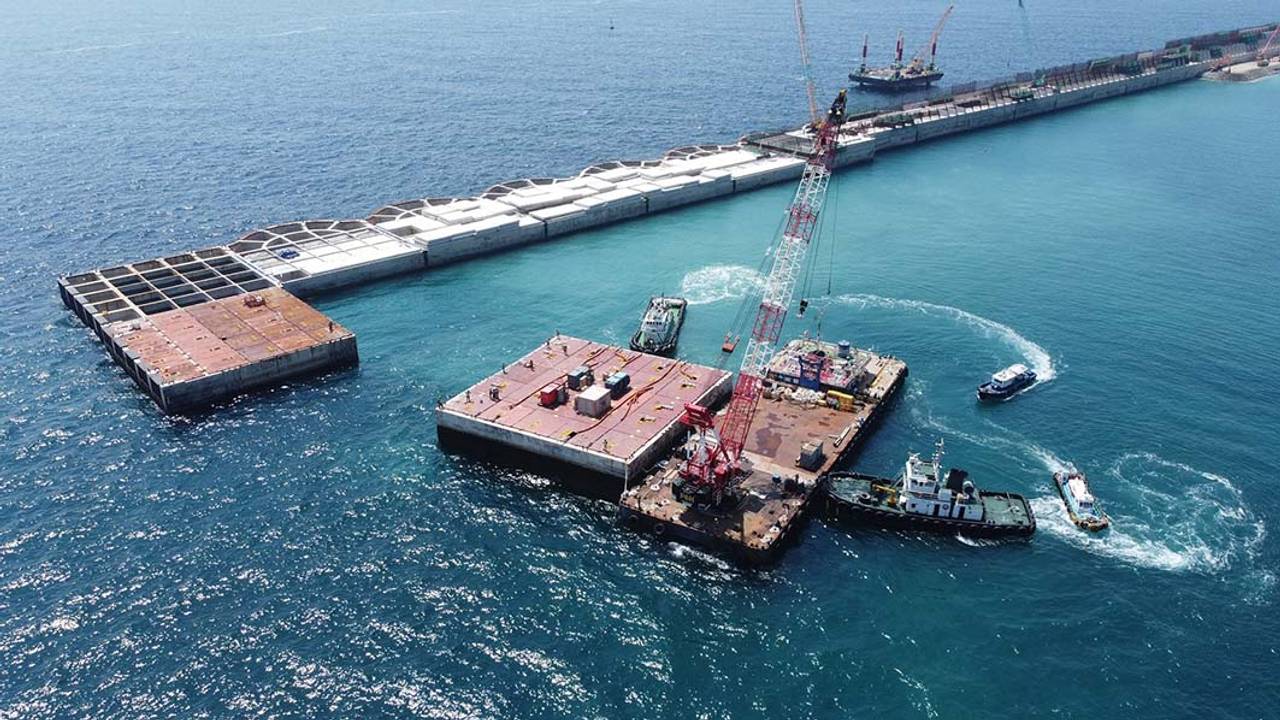South Korean contractor DL E&C announced on 8 May 2025 that it has completed the installation of the final caisson for Ulleung Airport, marking the completion of the runway’s foundation. This milestone comes nearly three years after the first caisson was installed in May 2022. A total of 30 caissons have now been placed.
Ulleung Airport is located near Sadong Port in Ulleung County, covering a total area of 430,455 sq m. It is the first airport in Korea to be built on an island with no land access by road, shared DL E&C. Since there is no flat land on Ulleungdo to accommodate a 1,200-m runway, the airport is being constructed on reclaimed land.
DL E&C won the project in a turnkey contract, overseeing the design, procurement and construction. It became the first company in Korea to apply the ‘caisson method’ for airport construction, a technique in which the sea is blocked off with caissons and then filled in.
Because Ulleungdo is a volcanic island with a water depth of about 30 m, the largest caisson measures 28 m in height, 32 m in width and 38 m in length – the largest in the country, said DL E&C. It weighs up to 16,400 t, equivalent to the weight of more than 10,000 mid-sized cars.
In deep waters like those surrounding Ulleungdo, incoming waves accumulate energy as they move. This is why DL E&C developed a ‘wave-dissipating caisson’ inspired by a honeycomb structure. The grid-like design creates internal spaces that help disperse the impact of waves.
To further enhance resistance to wave pressure, the caissons were also designed with a curved shape. Thanks to these features, they can withstand waves as high as 22.6 m (extreme conditions expected to occur only once in 200 years).
In the middle of East Sea
Construction in the middle of the East Sea came with many challenges. Due to their massive size, the caissons were manufactured at Yeongilman Port in Pohang and transported to the site by sea.
The task of moving the caissons to the dock was carried out by an individual pushing caisson carrier vehicle (IPCCV). This specialised vehicle moves along ground-level rails using a system of hydraulic jacks that function like a conveyor belt. A total of 96 hydraulic jacks were used, each capable of lifting up to 250 t.
The offshore transport faced near-extreme conditions. Each caisson had to be individually towed by barge from Pohang to Ulleungdo – a journey of approximately 210 km. This is said to be the longest caisson transport operation ever conducted in Korea. The total distance covered was around 6,300 km, equivalent to eight round trips between Seoul and Busan.
To maintain the caissons’ balance and prevent damage during transport, wave heights had to remain below 1.5 m for at least five consecutive days. As a result, the number of weather-permitting days averaged only 10 to 15 per month.
After each caisson was moved into position, it was permanently installed on the seabed. To support the 16,400-t structure, 60,000 t of rubble were poured to create a stable foundation. Because the rocks varied in size and shape, divers manually filled the gaps between them to complete the base.
Construction began in July 2020 and as of 8 May, it has reached 61% completion. After completing land reclamation and runway construction – key components of the airport – the facility is slated to open in 2028. Once operational, Ulleung Airport will reduce travel time from Seoul to Ulleungdo from the current seven hours to just about one hour.
All images: DL E&C
